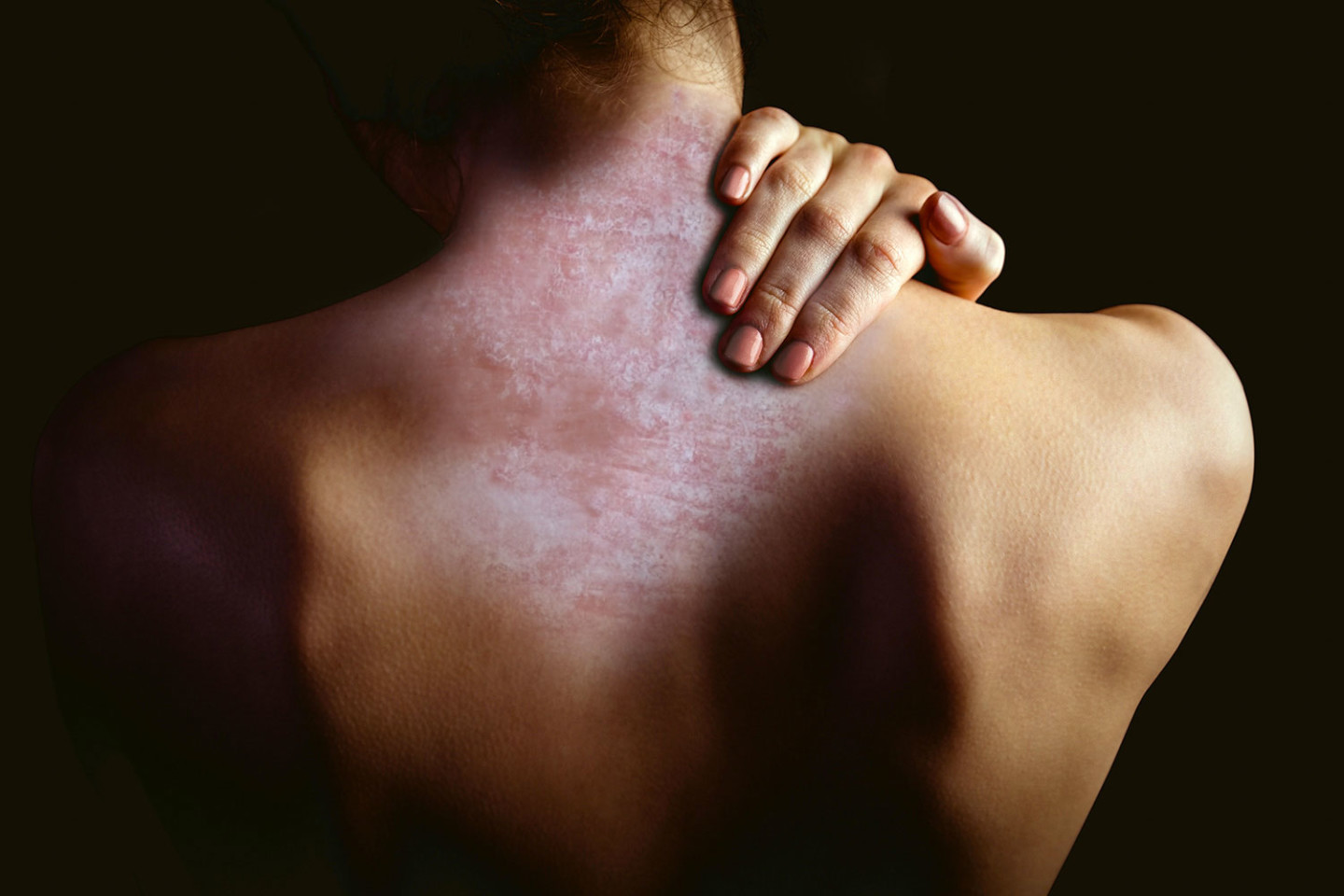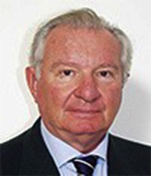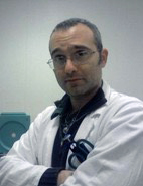Dr. Stefano Bolognini
 President, International Psychoanalytical Association
President, International Psychoanalytical Association
Degree in medicine, specialization in psychiatry, University of Padua.
Member since 1985 of the Italian Psychoanalytical Society. Scientific Secretary then President until 2013.
Elected by wide majority of votes, in 2010, President of the International Psychoanalytical Association, the first Italian to achieve this prestigious, binding office in the organization founded by Sigmund Freud in 1910 and whose members are the 12.000 officially world recognized psychoanalysts.
Author of books published in several languages as well as of 200 scientific publications on national and foreign magazines.
Awarded with the Gradiva prize for his book “Come vento, come onda”
Dr. Francesca Buscaroli
PRESIDENT
Born in Bologna on 9/17/1961. Graduated summa cum laude in Business Economics and in Law at Bologna University. Coordinates since 1997 the Committee of Cooperatives and No Profit Institutions of the Association of Certified Accountants of Bologna.Teaches a Master in tax law INFOR in Milan and a master in tax law and practice for “Il Sole 24 ore” as well as at the “Scuola Superiore dell’Economia e delle Finanze” for which she is permanent representative in what concerns non commercial institutions and no profit organizations at Regional Headquarters of the Inland Revenue Authority.
Member of the Board of Auditors of several companies and foundations.
Dr. Franco Stupazzini
Degree in Business Economics at the University of Bologna on 11/21/1958.
Registered Chartered Accountant in Bologna since 1958.
Auditor, during his nearly 60 years of professional activity was President and Statutory Auditor of many banks, industrial, commercial and financial companies, amongst which Neos Bank, IRCE s.p.a., BUGNON s.p.a., Laboravi Fidenter srl.
Dr. Luigi Turrini
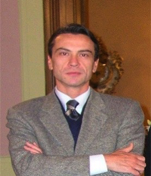 MAYOR
MAYOR
Degree s.c.l. in Business Economics at the University of Bologna.
Member since 1997 of the Committee of Cooperatives and No Profit Institutions of the Association of Certified Accountants of Bologna, for which he drew up the volume “Topics and problems in the Tax Reform of the third Sector.”
Member of the Board of Auditors of Limited Companies and Foundations.
Dr. Fazio has won a grant financed by Fondazione Natalino Corazza
Monday April 18, 2016, Dr. Nicola Fazio starts working at the Surgical, Medical, Dental department of the University of Modena and Reggio Emilia, also dealing with Morphological Sciences interested in transplants, oncology and regenerative medicine.
Dr. Fazio has won a grant financed by Fondazione Natalino Corazza.
Research is focused on diseases of the skin, and main subject of this study will be: Characterization of the metabolic profile through NMR spectroscopy of proliferation and keratinocyte differentiation.
2005- Graduates in Chemistry and Pharmaceutical Technologies summa cum laude at Bologna University.
Research for his experimental thesis was carried out in Brussels, at the Catholic University of Lovanio. The results were published. Researcher for one year (1998) at Ole Miss University –Oxford, Mississippi.
From 2007 to 2010 carried out his doctorate in Pharmacology and Toxicology at the University of Bologna..
His thesis translated into English was published as a monograph.
From May 2010 to April 2015 Senior Researcher at the Istituto Ortopedico Rizzoli, Bologna, in the field of regenerative medicine
Biological Drugs
The term ” biological drugs” might lead us to believe that they are to be found in nature, as opposed to traditional drugs ( anti- inflammatories, antibiotics, statins, cortisone et. Al.) representing the majority of drugs to be found on the market ( about 80 per cent) obtained from simpler molecules which, by means of the appropriate chemical reactions, are transformed into the desired, pharmacologically active products.
Biological drugs on the contrary are obtained by means of genetical engineering techniques acting on live organisms. They could therefore be
called ” biotechnological drugs”.
These drugs, obtained by inserting the appropriate human genes into cell cultures are basically protein molecules produced within living cells, and have therefore very complex structures ( their molecular weight is about 100 times that of traditional drugs). They are obtained through very complex procedures from proteins in our body suitably modified for the purpose of making them active/ effective only for a specific target ( for example, vaccines are basically biological drugs).
The first biological drug was insulin ( a protein based hormon) isolated in 1921 by extracting it from animal pancreas. However only decades later, thanks to progresses in genetical engineering, it became possible to produce insulin corresponding exactly to human insulin, utilizing biotechnologies.
Biological drugs can reproduce substances present in our body, so much so that they are also called ” intelligent drugs” as they are selective, being capable of acting on a given receptor.
Biological drugs are also used in oncology with interesting results, and can also be found to fight auto immune diseases ( such as psoriasis and rheumatoid arthritis ) as well as inflammatory diseases of the intestine.
It is known that our body hosts antibodies ( proteinic substances) which represent our defence system against ” outside aggressors” as they can recognize ” foreign bodies” ( called antigenes) such as, for example, proteins which might be found in viruses and/ or bacteria.
Antibodies, associating with such proteins foreign to our body, render the virus or bacteria inactive, protecting us from possible infections.
Biological drugs, having a proteic nature, could be considered by the antibodies of our body as an alien substance, thus causing an immune reaction which would blank out its therapeutic effectiveness. Such risk might be due to several factors, not the least of which is the method used to produce the biological drug.
There are in fact also ” biosimilar drugs” obtained through similar, though not identical processes. Therefore differences, while minimal, might influence the capacity to stimulate the immuno system. Biosimilar drugs can in no way be compared to generical drugs as these are, on the contrary, identical to the originals.
Biological drugs can interfere with cytokines (1) which play an important role to support immune defence. In the case of psoriasis, an inflammatory disease of the skin, cytokines contributing to spread the cells which cause the inflammation widely prevail over cytokines having an anti inflammatory activity.
Biological drugs therefore act as inhibitors of inflammation producing cytokines, that in psoriatic patients are generated in large quantities by the cells responsible for the inflammation.
The E.C. has recently approved a biological drug, Secukinumab, produced by Novartis, for the systemic treatment of psoriasis. This drug is a monoclonal antibody (2) inhibiting ingerleuchine17A (3) , thus representing a new therapeutical opportunity for psoriatic patients. More than 70 percent of patients treated with Secukinumab seem to have achieved good to very good results. Interleuchine17A is one of the bearer proteins to be found in a higher concentration ( up to 6 times higher) in psoriatic patients, as compared to non psoriatic patients. Interleuchine 17A therefore represents an ideal target for action, without diminishing the body’s ability to fight infections, as the neutralization of the conveying protein does not compromise the other functions of the immune system.
—————————————-
(1) proteinic molecules produced by our immune system, capable of transmitting a message/ signal.
(2) monoclonal antibodies ( belonging to 2 nd generation biological drugs) are specific against a given antigene as they are artificially produced by a single selected clone, that is by a genetically identical cellular population produced by a single mother cell. The monoclonal antibody can recognize a specific protein ( receptor) present on the surface of a cell, fasten itself to it and signal the immune system to destroy it.
(3) A highly inflammatory cytokine stimulating the skin to produce new cells at a higher than normal speed, followed by scaling of the skin as a consequence of the abnormal accumulation of cells on the skin surface.
METABOLOMICS IS PSORIASIS
What is Metabolomics
Metabolomics is the study of metabolites, that’s to say the products of the metabolic reactions that occur in our body. It is one of the most promising “omics” sciences, together with genomics, proteomics and transcriptomics.
The goal of metabolomics is not only prevention and cure, but also to maintain the wellness through administration of customized diets and integration of vitamins and nutrients.
Metabolomics allows to identify and quantify simultaneously several molecules of low molecular weight, allowing us to obtain a fingerprint of the whole metabolic state, at both the cellular and tissue level of our organism.
Metabolomics is based on complete metabolite analysis obtained by metabolic profiling techniques as Nuclear Magnetic Resonance (NMR) and mass spectrometry (MS). The NMR has the advantage of being a non-invasive and non-destructive technique so that the sample can be reused at the end of the analysis.
This analysis allows us to verify the biochemical status of cellular metabolism and to reveal any anomaly related to chronic or even full blown diseases, identifying not only what is already in place, but pre-pathological stages as well, connected to risk factors of onset of this disease, by the identification of biomarkers.
Targets of the research
To Determine the metabolic profile through Nuclear Magnetic Resonance (NMR) of human tissues and bio-fluids (blood and urine) for the identification of biochemical markers determining the development of psoriasis.
For to study fluids, the High Resolution NMR spectroscopy is used, while in the case of tissues and cells, we use a technique called HR-MAS NMR, “High-Resolution Magic Angle Spinning” NMR. This technique allows to investigate materials with a consistency between solid and liquid, by rotating the sample at 54.7° (the magic angle) in the direction of the magnetic field.
In conclusion, metabolomics is able to provide biochemical markers allowing an improvement in the diagnosis and prognosis, and is able to monitor the effectiveness of treatments. Metabolic pathways will be evaluated in order to propose new therapeutic targets able to act in the altered metabolic pathways for correcting the processes that cause the disease.
